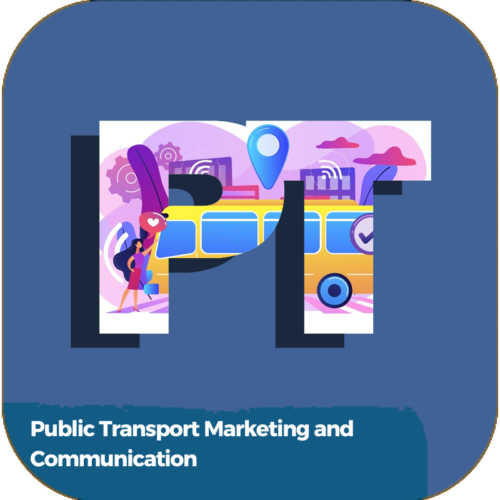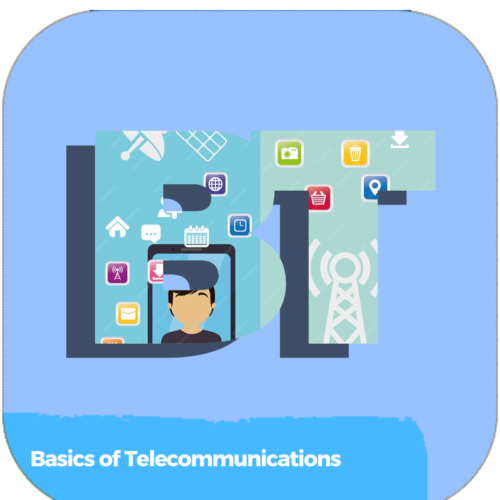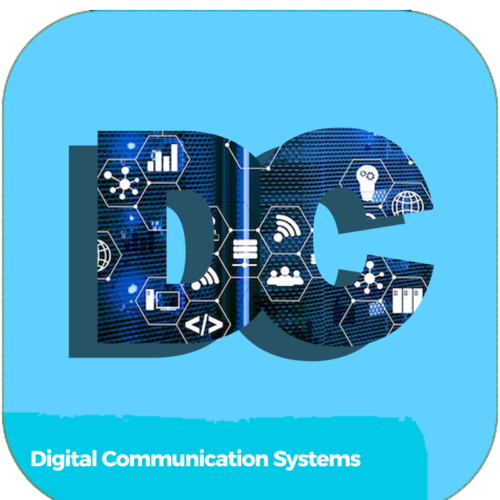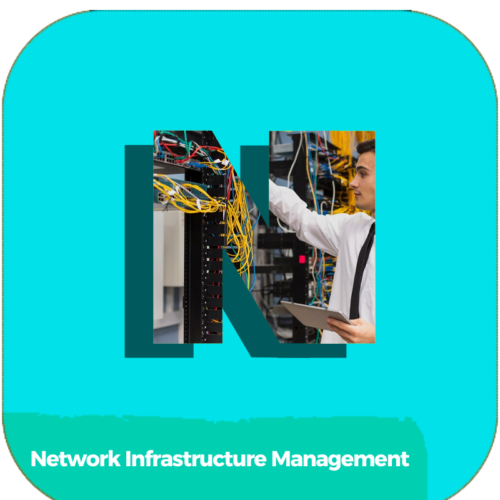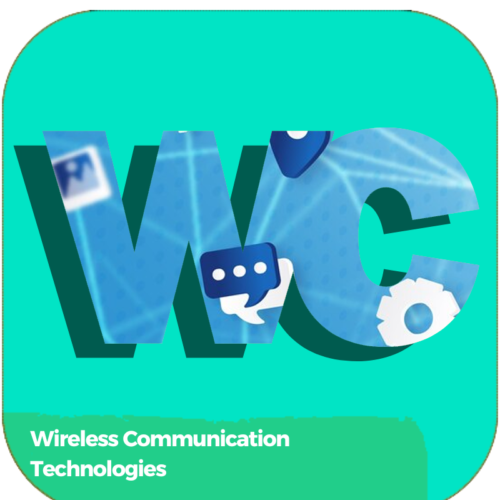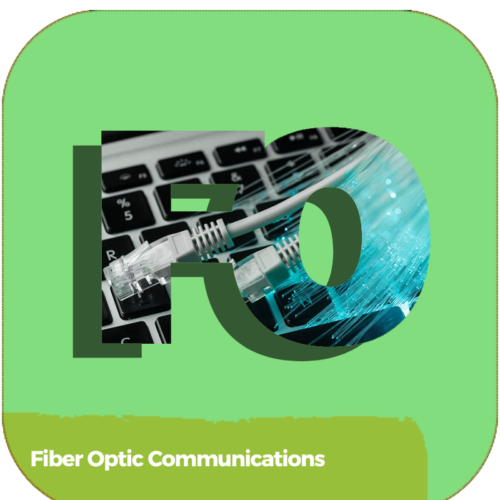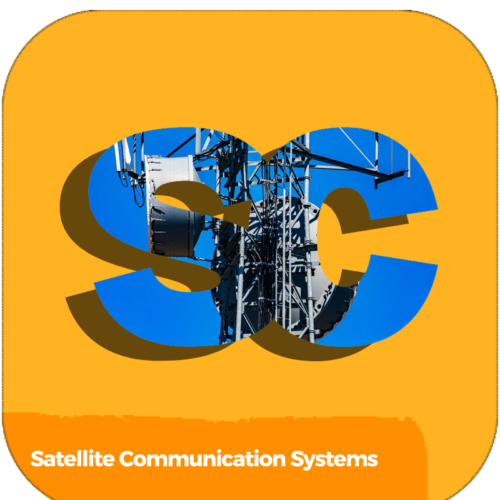Course Description: This course provides an introduction to telecommunications, covering the fundamental concepts, technologies, and systems used in the industry. Students will learn about the evolution of telecommunications, basic principles, and current trends.
Course Objectives:- Understand the basic concepts of telecommunications.
- Learn about the evolution and history of telecommunications.
- Explore various telecommunications technologies and systems.
- Analyze the impact of telecommunications on society and economy.
- Study current trends and future directions in telecommunications.
Course Outcomes:- Explain the fundamental concepts of telecommunications.
- Describe the historical evolution of telecommunications technologies.
- Identify and differentiate between various telecommunications systems.
- Assess the impact of telecommunications on society and economy.
- Analyze current trends and predict future developments in telecommunications.

